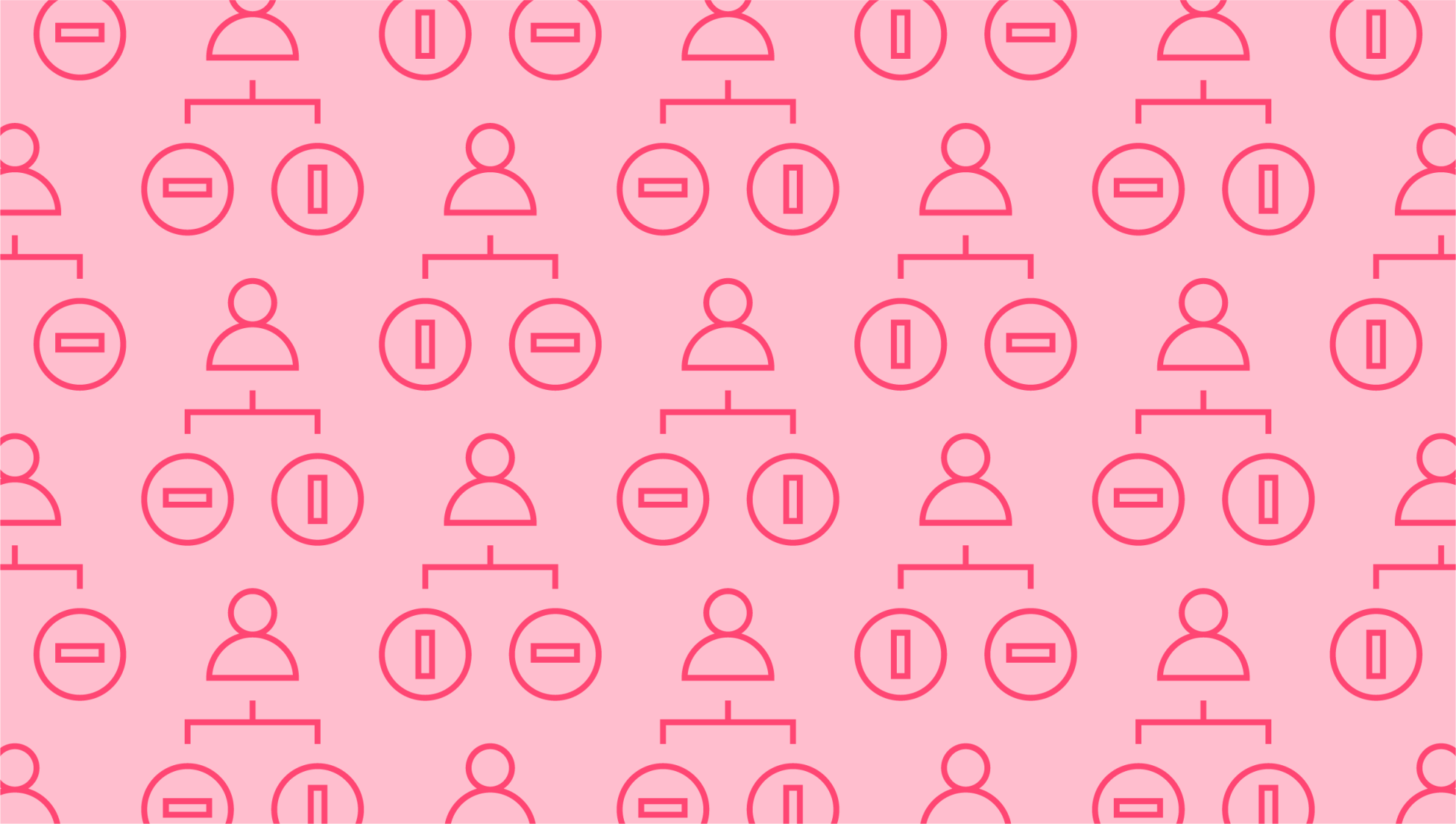Last editedJune 20213 min read
Economic recession definition
When unemployment figures are rising and GDP starts to fall, the economy might be entering a recession. Here are a few examples of what happens in a recession, along with advice to get your business through it unscathed.
What is an economic recession?
There are natural ebbs and flows to the business cycle. It’s impossible for the economy to grow forever; along with growth come periods of slowdown and decline. While there are many indicators of an economic recession, a commonly held definition is when a country’s gross domestic product (GDP) declines for two consecutive financial quarters. A healthy economy is continuously expanding, so sustained periods of slowdown indicate deep-seated problems.
Additional factors that weigh into the recession meaning include a decline in economic activity, such as a drop in retail sales, real income, aggregate demand, and manufacturing. This more flexible definition is used by the US’s National Bureau of Economic Research (NBER) to account for a series of dips and troughs in economic activity.
While the recession meaning relates to two or more quarters of contracting output, recessions can last for months or even years.
What happens in a recession?
What can you expect during recessions, and how do they impact businesses? We’ve already covered a few of the key signs of a recession in the definition above, but here’s a more comprehensive explanation of what happens in a recession.
While the long-term economic trend for most countries is a sustained period of growth, these lengthy periods of stability tend to be interspersed with short-term fluctuations or dips in performance. Recessions might be short in length, but they can have a variety of unpleasant effects for individuals and businesses alike. Economic recession examples are marked with indicators including:
High unemployment
Slowdown in production
Business and bank failures
Salary and benefits cuts
Drop in stock market prices
Property foreclosures
Tighter lending standards for financing
No recession lasts forever, but the impact can be serious. The best way to get through an economic recession is to diversify your portfolio and set aside a security net of funds to manage cash flow.
Recession vs. depression
What defines a recession in comparison to an economic depression? Unlike recessions, there’s no concrete definition that economists use for depression. If a recession is particularly bad and long-lasting, it transforms into a depression. For example, during the Great Depression of the 1930s the unemployment rate rose as high as 25%, and the GDP declined over 10%.
Causes of recession
We can look back at numerous economic recession examples in history and each might have a different blend of causes; no economic downturn is the same. Here are a few of the primary drivers of recession to be aware of:
Sudden economic crisis: A shock to the economy, such as the COVID-19 crisis, can send the economy into a sudden, unexpected downturn.
Asset bubbles: Another cause of recession is an inflated stock market or other type of asset bubble. For example, if the real estate market skyrockets far beyond what properties are worth, at some point the market must correct itself. The bubble pops and prices take a tumble, leading to recession.
Inflation: While a slow, steady rate of inflation is to be expected in a strong economy, when rates climb too high this is a sign of problems ahead. Central banks raise interest rates in a bid to slow inflation, which makes borrowing and spending more difficult.
High debt: If businesses take on more debt than they can handle, the rate of defaults and bankruptcies starts to climb. One prime example of this is the Great Recession of the 2000s, caused by excessive debt and a housing bubble.
Is Australia going into a recession?
There’s no single way to predict the timing of recession, but there are numerous indicators that help economists forecast trends. They must monitor leading indicators like yield curves, the housing market, and new orders of capital goods. They should also look at lagging indicators like unemployment rates that confirm recession once it�’s already begun.
Australia entered a recession in 2020 for the first time in nearly 30 years. Its GDP shrank 0.3% during the year’s first financial quarter, and a whopping 7% during the second quarter. This was the biggest drop in GDP on record, and due to the negative economic growth for two consecutive quarters, it qualified as a recession. The economy has since rebounded, with the IMF expecting a growth rate of 4.5% in 2021 to lift Australia out of its pandemic-sparked recession. So, is Australia going into a recession again? Thankfully, the answer is probably not – for now.
We can help
GoCardless helps you automate payment collection, cutting down on the amount of admin your team needs to deal with when chasing invoices. Find out how GoCardless can help you with ad hoc payments or recurring payments.
